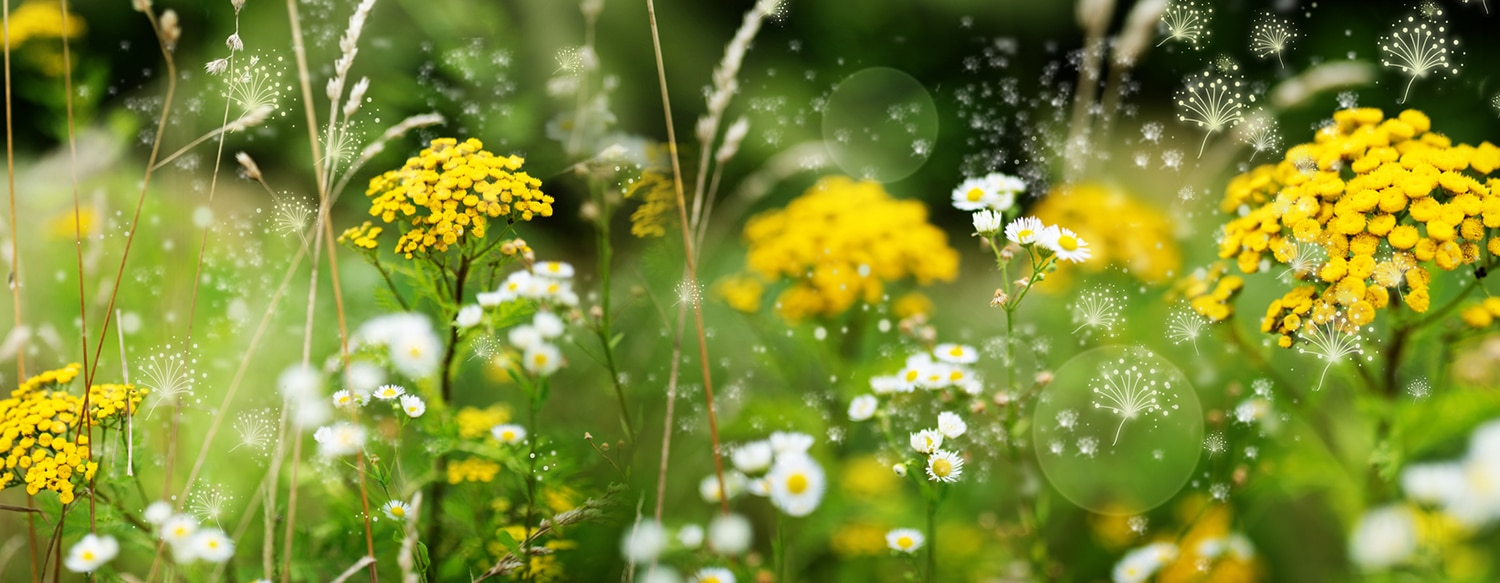May Flowers and Eye Allergies: Managing Seasonal Allergic Conjunctivitis
As the days grow longer and the weather warms up, many of us eagerly welcome the arrival of spring. However, for millions of people, the blooming flowers and trees also bring something less enjoyable: seasonal allergies. Among the myriad symptoms that accompany hay fever, one of the most troublesome for many is allergic conjunctivitis, commonly known as eye allergies. In this article, we’ll explore what causes eye allergies in May, how they affect your eyes, and most importantly, how you can manage them effectively.
Learning the Triggers
Let’s understand what triggers allergic conjunctivitis during the month of May. As spring blooms reach their peak, trees, grasses, and flowers release pollen into the air as part of their reproductive cycle. This pollen, carried by the wind, can easily find its way into our eyes, triggering an allergic reaction in susceptible individuals. Additionally, mold spores, another common allergen, thrive in the moist conditions of spring, further exacerbating symptoms for those with sensitivities.
The Symptoms of Eye Allergies
The symptoms of allergic conjunctivitis can range from mild to severe and may include redness, itching, burning sensation, watery eyes, swelling, and a gritty feeling in the eyes. These symptoms can significantly impact your quality of life, making it difficult to focus on daily tasks and causing discomfort that affects your overall well-being.
How to Alleviate Allergies
So, how can you manage seasonal allergic conjunctivitis effectively? Here are some tips to help you find relief and enjoy the beauty of May flowers without the irritation:
- Limit Exposure to Allergens: While it’s impossible to completely avoid allergens, you can reduce your exposure by staying indoors on windy days when pollen counts are high. Keep windows closed, especially in the morning when pollen levels are at their peak.
- Wear Sunglasses: Wearing sunglasses when outdoors can help protect your eyes from airborne allergens. Wrap-around styles provide the best protection by creating a barrier against pollen and other irritants.
- Use Artificial Tears: Over-the-counter artificial tears can help lubricate your eyes and flush out allergens, providing relief from itching and irritation. Look for preservative-free formulas for sensitive eyes.
- Practice Good Eye Hygiene: Wash your hands frequently, especially after being outdoors, to remove allergens that may have come into contact with your hands. Avoid rubbing your eyes, as this can exacerbate symptoms and potentially cause further irritation.
- Consider Allergy Medications: Antihistamines, both oral and topical, can help alleviate allergy symptoms, including those affecting the eyes. Consult with your doctor or allergist to determine the most appropriate treatment plan for your individual needs.
- Use Cold Compresses: Applying a cold compress to your eyes can help reduce swelling and soothe itching and irritation. Simply soak a clean cloth in cold water and place it over your closed eyes for a few minutes as needed.
- Consult an Eye Doctor: If your symptoms persist or worsen despite self-care measures, it’s essential to seek professional help. An eye doctor can diagnose allergic conjunctivitis and recommend appropriate treatment options, such as prescription eye drops or allergy shots.
By taking proactive steps to manage seasonal allergic conjunctivitis, you can minimize discomfort and enjoy the beauty of May flowers to the fullest. Don’t let eye allergies dampen your springtime spirit—empower yourself with knowledge and take control of your eye health!











